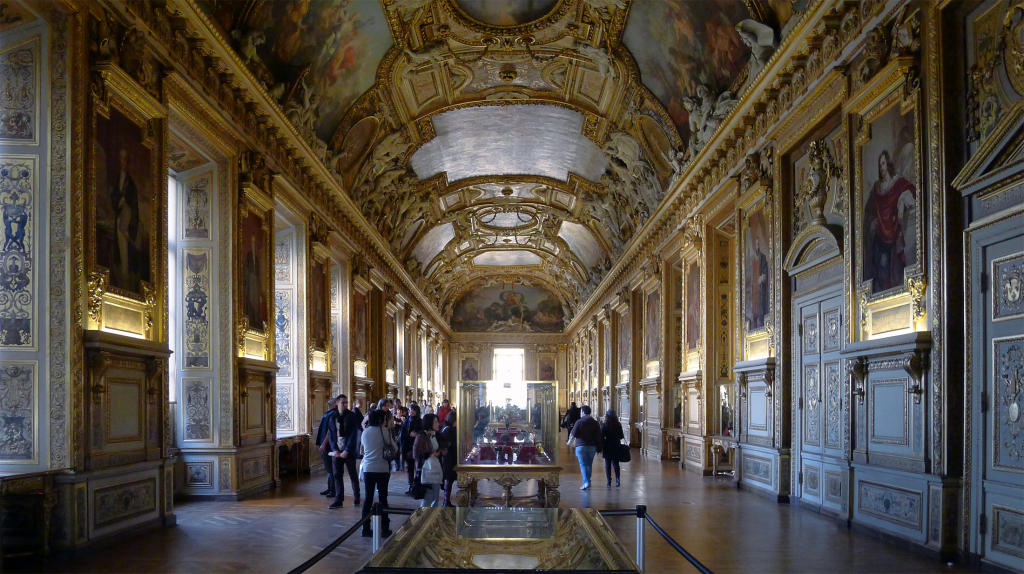
It was the type of scene that’s out of a heist movie except this time, this happened in the city’s bohemian cultural district. Thieves made off with diamonds that once belonged to Napoleon III and Empress Eugénie from the Galerie d’Apollon inside the Louvre during daylight hours within a span of four minutes, leaving shattered glass, bewildered tourists, and a shattered part of France’ cultural heritage.
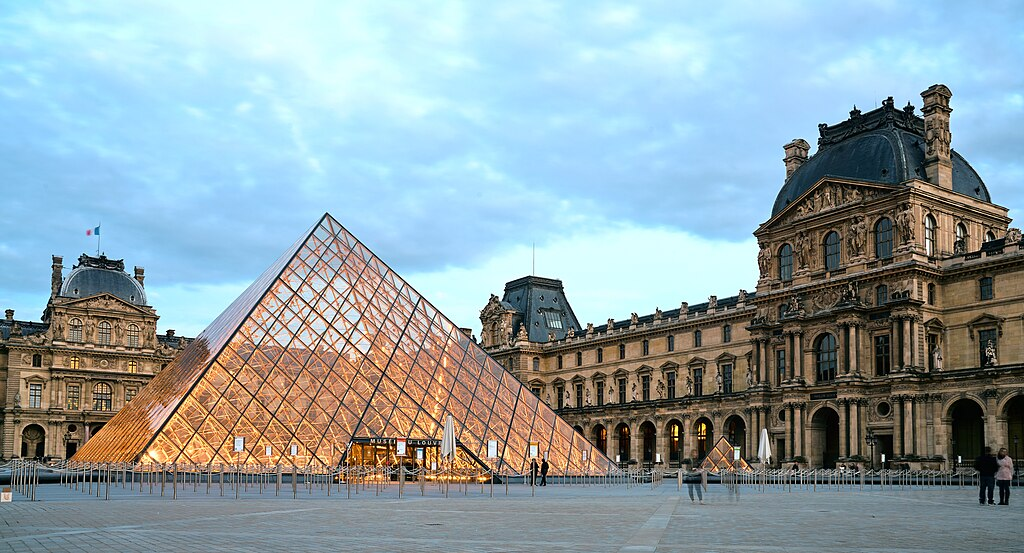
1. A Four-Minute Blitz in the Galerie d’Apollon
Around 9:30 a.m., when marble galleries of the museum started to get crowded with tourists, a team of thieves clad in yellow security jackets rolled into a window looking out on the Seine through basket lift. They used a disc cutter to slice panes, open the vaulted gallery, and break into vitrines holding part of the French Crown Jewels. For Culture Minister Rachida Dati, “the operation lasted nearly four minutes – it was incredibly fast. We have to admit that they are professionals.” The thieves carried away nine items of “priceless” historical significance on a motorbike.
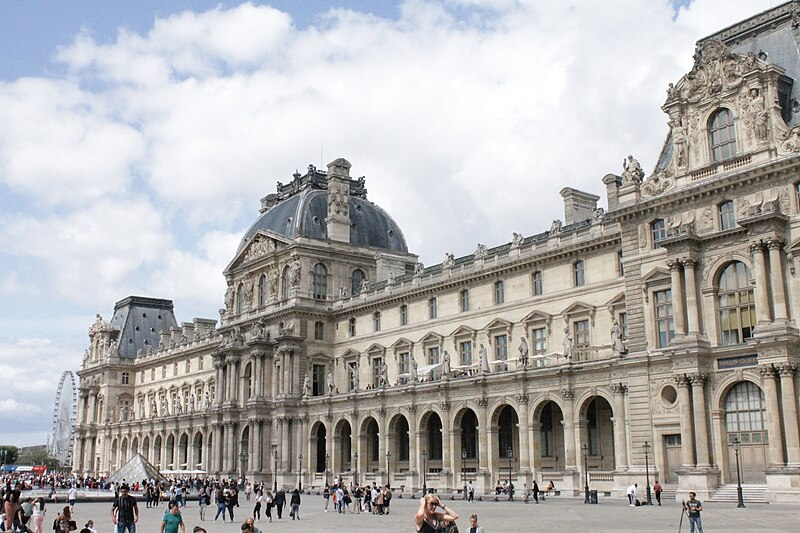
2. A Lost and Damaged Crown Left Behind
Not everything booty reached. Beyond the museum perimeter, police retrieved Empress Eugénie’s emerald-encrusted crown gold in structure, 1,354 diamonds and 56 emeralds encrusted upon it smashed by the force of thievery. French news outlet Le Parisien documented the relic uncovered along the riverbank, a ghostly reminder of the brutality inflicted not on men, but on history itself.

3. Security Gaps Concealed in Plain Sight
The burglars took advantage of a perfect storm of vulnerabilities a riverbank building site, an outdoor freight elevator, and morning open-door visitor traffic. Interior Minister Laurent Nuñez confirmed they entered “from the outside by means of a basket lift” and broke in. This combination of public visibility, temporary accommodations, and lower levels of surveillance created a vulnerability that even the Louvre’s bulletproof-glass-protected Mona Lisa could not overcome.
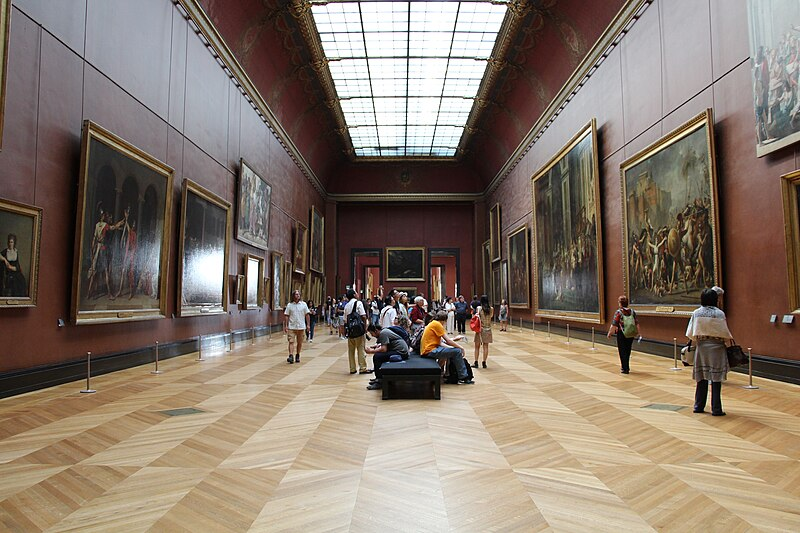
4. Staffing Shortages and Overcrowding Pressures
Security issues at the Louvre are widespread. Staff have long been warning that chronic under-staffing results in “too few eyes on too many rooms.” In June, staff demonstrated against overcrowding created by large groups of visitors by striking over safety concerns. While it’s uncertain whether staffing was the root cause of Sunday’s breach, the incident illustrates the stress placed upon a museum that attracts up to 30,000 visitors daily but whose state operating subsidies have fallen by over 20% over the past decade.

5. Political Fallout and Cultural Outrage
The robbery quickly turned political fodder. Far-right figurehead Jordan Bardella denounced it as “an unbearable humiliation for our country” and queried “how far will the decay of the state go?” President Emmanuel Macron’s €700 million “Louvre New Renaissance” offer offering better infrastructure and a special Mona Lisa gallery by 2031 is now the target of greater skeptical examination by political opponents as well as museum staff alleging relief is dribbling in.

6. Rumors of Europe’s Greatest Museum Heists
Daytime robberies of major museums are not the norm but occasionally occur. The 2019 Dresden Green Vault diamond theft and the 2017 Berlin solid-gold coin robbery are still rumored about in legendary fashion. The Louvre has its own chequered past the 1911 Mona Lisa theft, the 1976 theft of King Charles X’s coronation sword in 1976, and the 1983 theft of Renaissance armour. They all increased security, but history bears out that one-minded crews exact their revenge in kind.
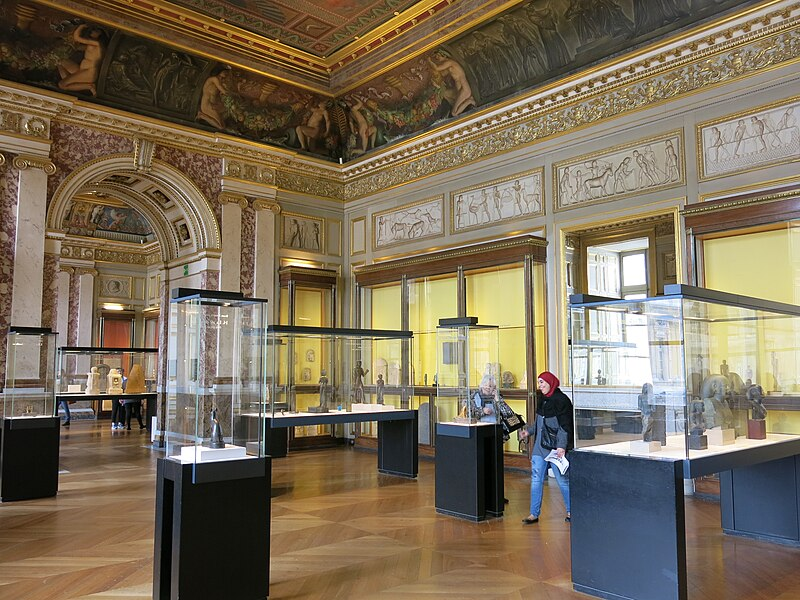
7. The Psychological Dimension of Cultural Theft
Theft of cultural heritage hurts more than economic loss, art crime specialists claim. They are tangible connections to France’s colonial past, and when they’re lost, something is lost to memory. Psychologists suggest keeping a focus on what’s left visiting other museums, looking at other artifacts, and reminding oneself that cultural identity continues to prevail. As Tobias Kormind of 77 Diamonds cautioned, “Professional crews often take apart and re-cut large, recognizable stones completely eliminating their provenance,” recovery highly unlikely.
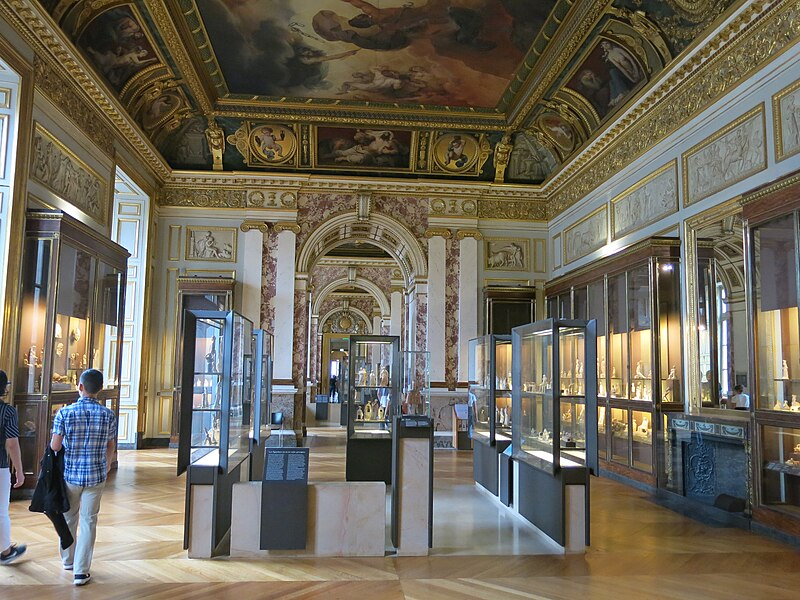
8. Implications for the Future of Museum Security
This break-in will probably speed up debate about how to balance public use with preservation. Experts call multi-faceted security arrangements firmer control on growth areas, in-the-moment monitoring of security personnel, and adaptable staffing schedules that meet a sudden surge of crowds. Future Louvre refurbishments may implement some of them, but the problem is no longer glass cases and alarm systems today but predicting how opportunists manipulate the museum’s own rhythms.
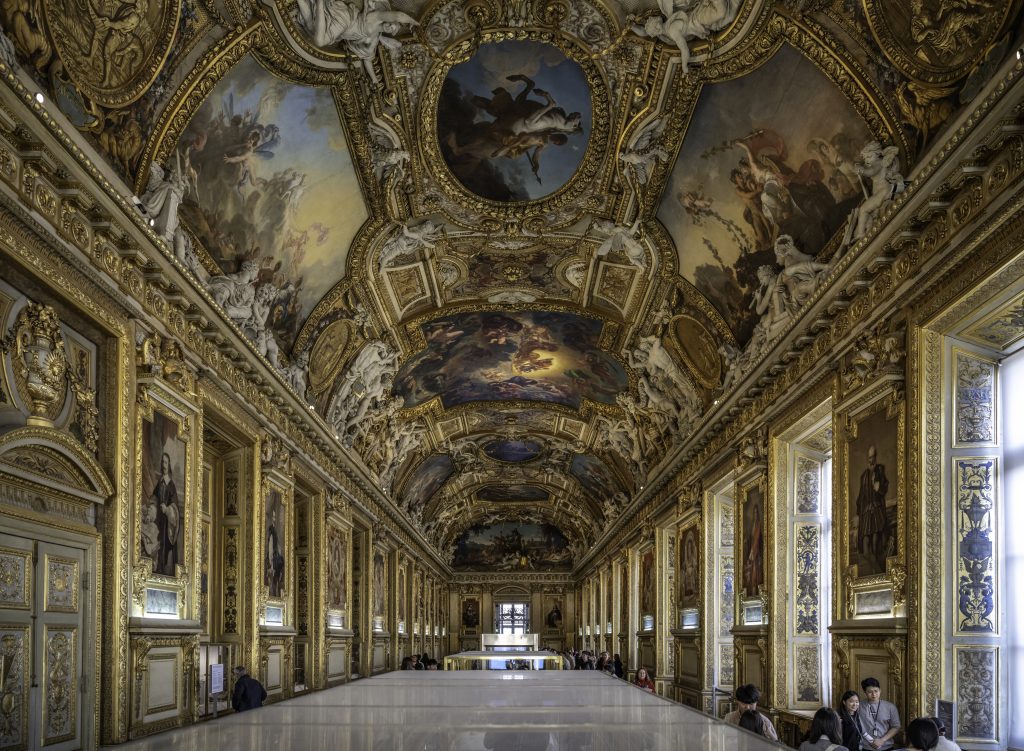
Even as forensic experts scour the amber-colored corridors for evidence, the Louvre’s usual tide of tourists will come back, attracted by the same morbid curiosity that made it a target. In the meantime, the vacant vitrines of the Galerie d’Apollon are challenge and warning reminding the world that loveliness stolen does not come back quite so readily.


